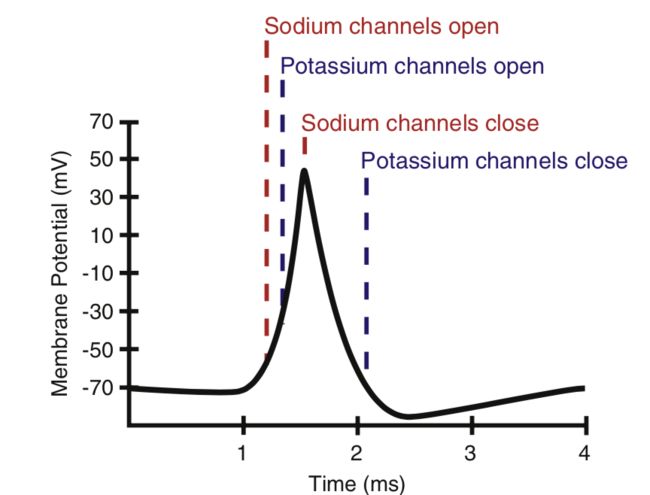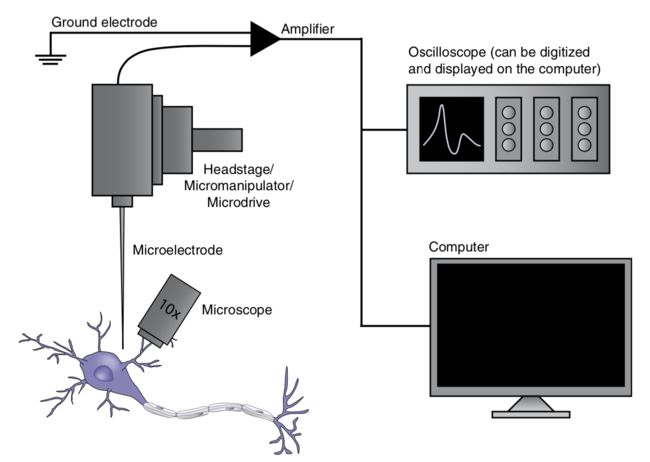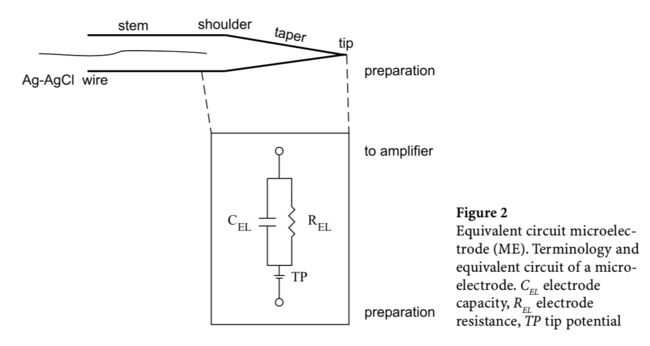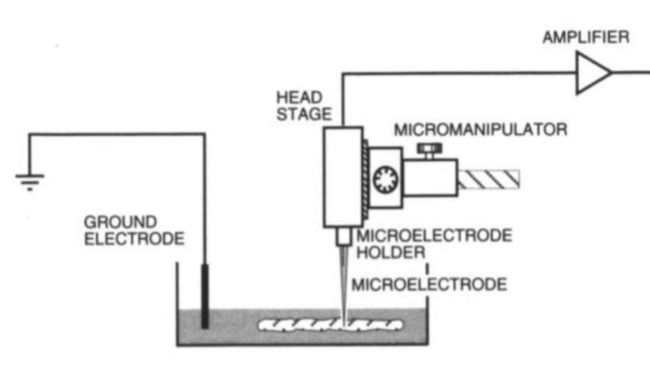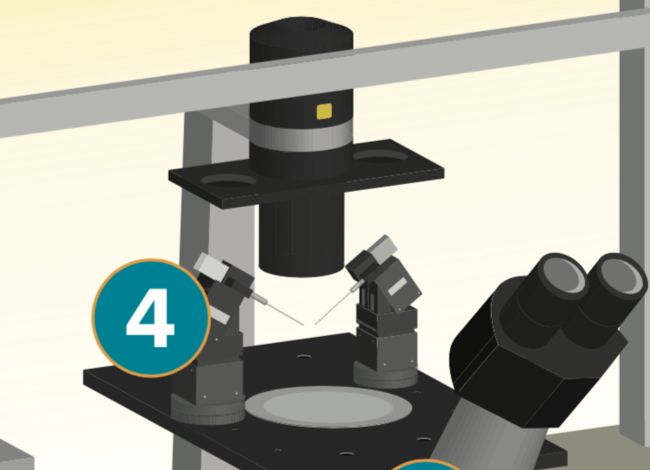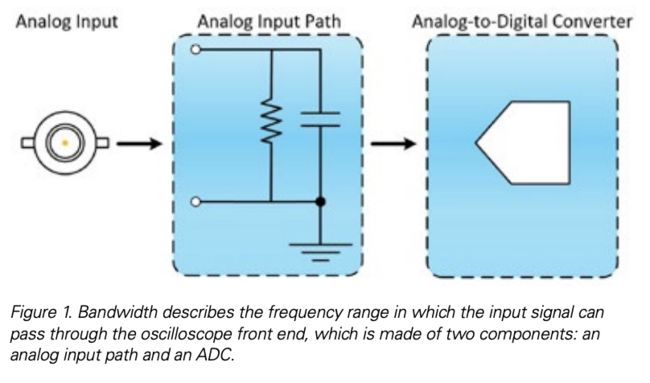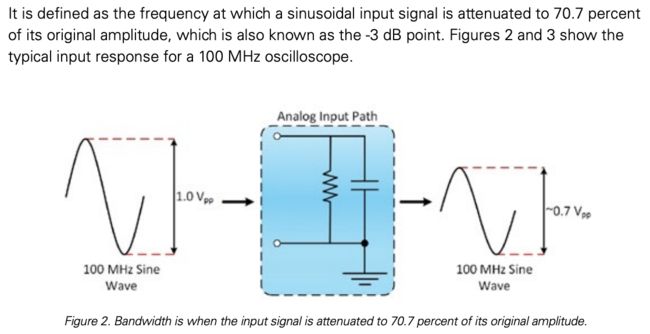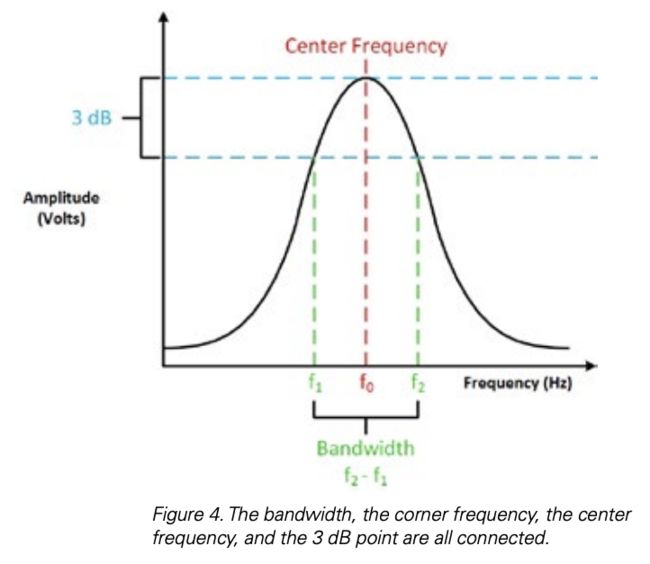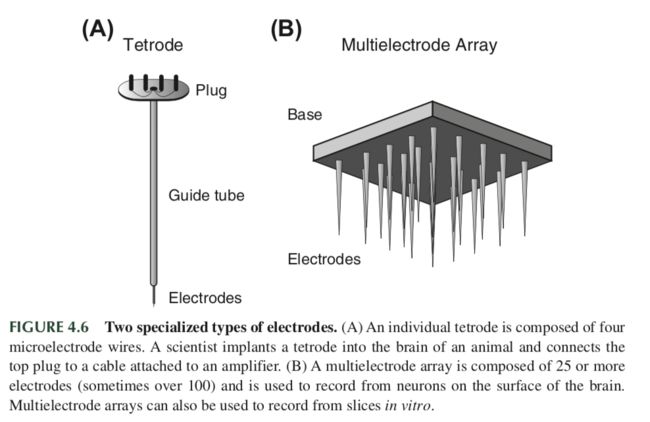Neuroscicence/method
前言:本人没有学过电生理,这篇是自己查找文献资料写的一些总结。
有些内容可能不太正确或者说不太准确,所以仅供参考,希望能帮到大家。
如果存在谬误,希望大家能指出,我会尽快更正。
感谢各位,希望和大家一起进步。
outline
- 主要的记录神经元活性的电生理方法 (what ?)
- 原理 why?(信号采集,电路,滤波,降噪,放大等)
- 主要的操作步骤、需要哪些设备、怎么搭建 how?
- 采集到的原始数据长什么样子 data?
- 在哪记录?where?
- 什么情况下用哪种方法 application?
- 什么是电流钳?什么是电压钳?
- 文章中的电生理图怎么看?figure
- 与光遗传的搭配使用?
参考资料:
参考文献:
《Guide to Research Techniques in Neuroscience》
《The Axon Guide: A guide to Electrophysiology and Biophysics Laboratory Techniques》
视频:
膜片钳电生理技术_哔哩哔哩
网站:
膜片钳技术|电生理学|电生理学工具-Molecular Devices官网
膜片钳电生理技术 - JoVE
三种主要的电生理技术
主要是根据电极插入检测样本神经元细胞的位置来划分:
胞外记录 (extracellular recording) : the electrode is placed just outside the neuron of interest.
胞外记录,顾名思义,电极在待测神经细胞外。胞内记录 (intracellular recording): the electrode is inserted into the neuron of interest.
电极插入待测神经细胞膜片钳记录 (patch clamp recording): the electrode is closely apposed to the neuronal membrane, forming a tight seal with a patch of the membrane
电极紧贴待测神经细胞膜,形成紧密的封接(tight seal)
膜片钳有不同的钳制方式,如:
- 细胞贴附模式 ( cell-attached mode )
- 全细胞膜模式 (whole-cell mode)
- 膜内面向外模式 ( inside-out mode )
- 膜外面向内模式 ( outside-out mode )
根据需求,不同的电生理记录方法可以分别用于记录体内和体外的神经元细胞的电特性 ( the electrical properties )。(后面将哪种情况下用哪种合适)。
- 体外培养的细胞或脑切片可能用于研究 molecules 对电信号的效应
- 体外的记录可以研究电信号与动物行为的联系
神经元电特性 (the electrical properties)
我们首先得知道,电生理研究的是什么?
研究神经元的电生理活动,就研究不同刺激下神经元的放电性质(频率,强弱,时长等),所以我们必须先了解神经元的电特性。
细节这里不讲(另一篇再整理),这里有几点需要知道的:
- 静息电位时,神经元细胞膜电位 “外正内负” ,膜电位大概是 -70 mV
- 当局部电位 (localized potentials) 去极化达到阈值时 (约 -55 mV),Na 电压门控 离子通道打开,Na 离子迅速内流使膜电位“有负转正”,产生动作电位。
- 此后,Na 电压门控离子通道逐渐关闭,K 电压门控离子通道逐渐打开,膜电位逐渐恢复到静息电位。
- 阈值电位以下下不产生动作电位,一旦动作电位产生,就会保持等幅的电位差从轴突传递下去。
- 在化学突触轴突末梢,去极化使得突触前膜钙离子通道打开,钙离子内流,促使突触囊泡与突触前膜融合,释放神经递质到突触间隙。
- 神经递质与突触后膜的受体结合,并激活特定的离子通道,引起 EPSP (兴奋性突触后电位) 或 IPSP (抑制性突触后电位)
工具
工欲善其事,必先利其器
知道了我们想干嘛,我们先看看看记录神经元电生理活动的设备
The Patch-Clamp Rig
- Amplifier 放大器
- Digitizer 数模转换器
- Software 计算机软件处理系统
- Headstage 头部 (我不知道怎么翻译,意译吧)
- Microscope with micromanipulator 显微镜及显微操作系统
- Faraday Cage and Vibration Isolation System 隔离台
下文逐一讲各部分组件的特点和功能
Microelectrode
我们先从源头开始讲,那当然是微电极 Microelectrode, ME
- 微电极如上图所示。微电极的材料主要有两种:1. 玻璃微管(glass micropipettes),微管里面充满电解液(2 or 3 M sodium chloride 氯 or potassium chloride 氯化钾); 2. 金属电极,如 钨丝电极 (tungsten),钢铁电极 (steel),铂铱电极 (platinum–iridium)。
- 一般来说,记录胞内(intracellular)和胞外 (extracellular) 的电生理活动,更常用金属电极(metal electrodes),而膜片钳则必须使用玻璃电极(glass micropipettes) ,因为只有玻璃微管才能与细胞形成紧密的封接(tight seal)
These metal electrodes not only provide more stable isolation of single units than micropipettes, but they tend to sample from a larger morphological variety of cells and also help in better localization of electrode tracks to identify where recordings took place in whole brains.
- 微电极的电阻与电极尖端的大小(tip size)有关:越细的尖端,有越大的电阻(导体横截面越小,电阻越大,R=ρL/S)。一个制备较成功的微电极电阻范围应在 5–20 MΩ . 关于玻璃电极是如何制备的可以看这本手册
Smaller tips have higher resistances, and they restrict the area from which potentials can be recorded, thus permitting the isolation of the activity of either a fiber or a cell. Large tips and low resistances pick up the activity from a number of neurons and are of limited use in efforts to identify the functional properties of single cells.
- 这里我不懂原理,也这有找到对应的图或资料。这里的意思是,小的尖端有更大的电阻,可以更好地测定某一范围的电位,因此能单独测定一个神经纤维或神经细胞的电生理活动 (single unit isolation)。(额,我估计就是细的电极能检测的范围更精确 (restrict),加上本身电阻大,所以较远距离的较小电位就不能被记录到了),如果阻抗小于 3 - 4 MΩ ,则可能同时记录到不只一个细胞的放电,因此低电阻电极适用于记录 spikes 小的神经元,记录一群神经元细胞的活动 (Multi Unit Recording)。
- 在胞外记录中检测到达动作电位具有特定的振幅和波形,这被定义为一个“单元”。用于检测单个神经元兴奋模式的胞外记录,称为:单细胞记录 (single-unit recording)
Tips with very high resistances are also of little use, as they cannot record neural activity unless they are very close to the cell membrane or actually inside a cell.
- 高阻抗的尖端比较少用,因为这种微电极很难记录到神经元活动,除非离细胞膜很近或者插入细胞里面。(所以胞外记录应该常用较粗的电极,而脑内记录或膜片钳用较细的电极)
- 微电极的等效电路如下图所示,实际上这一块我还不太懂,整个装置的电路结构如果以后有能力再整理出来。这里我想大家和我一样都有一点困惑,就是:无论使用电压表还是电流表,都需要一根线连正极,一根线连负极,这样才能构成闭合的完整的电路。那是不是说,微电极也应该插两根?那另外一根放哪呢?
Headstage
The headstage is the central hub that connects the electronic equipment to the tissue preparation. It contains an electrode holder that stabilizes the microelectrode during recordings and also directly connects the microelectrode to the first stage of amplifier electronics needed to detect the electrical signals. The headstage passes the signal to the main amplifier for the main signal processing. The headstage is carefully positioned by the micromanipulator and is also attached to the microdrive.
Accurately placing a patch electrode onto a 10-20 μm cell requires an optical system that can magnify up to 300- or 400- fold with contrast enhancement (e.g. Nomarski/DIC ( 微分干涉相差显微镜 ), Phase, or Hoffman) and a micromanipulator that stably positions the electrode in 3D space. An inverted microscope(倒置显微镜) is preferable because it allows easier access for electrodes from above the preparation and also provides a larger, more solid platform to bolt the micromanipulator. (更好地为微电极腾出操作的空间) A micromanipulator has the ability to move the electrode in very minute distances along the X, Y, and Z axes. The micromanipulator can then hold that position indefinitely.
A microdrive is used to lower or raise the microelectrode to a specific depth in tissue in very fine steps. It is usually preferable to use remote-controlled microdrive systems to eliminate hand vibration. Thus, the headstage (and consequently the electrode) can be set into place by hand using the micromanipulator and then finely adjusted in and out of tissue using a microdrive for the final approach to the cell.
- headstage 是一个连接中心。一方面,headstage 含有microelectrode holder 用于夹持微电极,另一方面,与 micromanipulator 和 microdrive 连接,精准地调节微电极的三维空间位置(nanometer precision);第三,headstage 与 amplifier 相连,将电信号传到 amplifier。同时,headstages 里面就有预处理的电路,能有效地较少噪音信号。(All headstages contain critical electric circuitry that reduce noise. )
- Microscope and micromanipulator,显微镜 和 微操作器也不必多说,就是为了将电极插到合适的位置附近。在活体动物实验中,更常使用的是脑立体定位设备 (stereotaxic equipment )。microdrive 是用来精确控制微电极升降以到底特定的组织深度 (可以理解为靠近神经元的距离)。一般来说,人手动调节micromanipulator 的x,y,z 轴,使得 headstage 到达一个合适的位置,然后电子设备操纵 microdrive 精准地调节 microelectrode 插入样本组织,最后慢慢地贴紧细胞,甚至穿破细胞。
-
睿智的你相比一定观察到,操作台上有两根电极?然而另一根是不是地线?整个装置的电路是怎么的?现在还不明朗,我还得往下看。
It is important to note that two electrodes are necessary for any electrophysiological recording: the recording electrode itself and a reference electrode (also called a “ground” electrode) placed outside the cell of interest. A reference electrode is necessary because an electrophysiological measurement is a comparison— for example, a comparison of the potential difference across the membrane of a neuron. In extracellular electrophysiology, both electrodes are located outside the neuron but are placed in different locations in the extracellular environment.
然而,可以知道的是,任何电生理记录都是需要两个电极的,一个叫 a recording electrode (记录电极,就是上文提到的微电极),另一个叫 a reference electrode (参考电极,又称为地线 “ground” electrode),这个电极是放在待测细胞的外环境里。说到底,电生理测量就是一种电位的比较。在胞外电生理记录时,两根电极都放在神经元外,只是位置不同罢了。(这里没说细节,距离多远?摆放的位置?在组织里还是外?另一个电极的材料?等,这些我都不清楚,但是可以知道的是,确实需要两跟电极,这样才能构成完整的电路,但至于上图那根是不是,就不清楚了)
Amplifier
An instrument that contains the circuitry required to measure electrical currents passing through ion channels or changes in cell membrane potential. The amplifier contains the circuitry necessary to measure current passing through the cell membrane both in magnitude and direction. The amplifier can also measure the cell membrane potential in response to the movement of current.
To initiate current movement, the experimenter can deliver a voltage command (钳制电压) to the cell, and the cell will respond by passing the current necessary to maintain that voltage command. (电压钳,用于测过膜电流。) Conversely, the experimenter may also inject current and then measure the change in membrane potential resulting from that change in current. (电流钳,注入衡定电流测膜电位变化,模拟生理状态下离子流动触发动作电位)
-
简单点来说,Amplifier 是一个黑盒子,里面有复杂的电路结构,可以测得过膜电流和膜电位变化随时间的变化,对应“Current Clamp ”和“Voltage Clamp”。同时,Amplifier 顾名思义,放大器,能将 microelectrode 传来的微弱电信号放大 (100–1000×)。
- 关于电流钳和电压钳细节只能放到下一篇里面讲,电路那块还是有点复杂
- 关于数据类型,Amplifier 采集到的电流或电压信号是一种模拟信号(【干货】模拟信号和数字信号的差异 - 知乎),而计算机接受的是数字信号,所以需要一个数模转换器Digitizer
- 过于滤波,信号质量极其重要,并且受采样频率影响。为了确保信号的不失真,其实在 Headstage,Amplifier,Digitizer 上都有下降噪的功夫,原理这一块我一个外行暂时也说不清楚。但可以明确的一点是,到电脑端这一块的数据已经是比较纯净的,然而,怎么判断数据的真实性,恐怕还是需要主观的经验。
这里可以放几个moleculardevices官网 我看不太懂的数据:- 50/60Hz 线频噪音也称为电子干扰,是膜片钳电生理学实验中常见的本底噪音源。该噪音会覆盖目标生物信号,导致几乎无法进行灵敏的膜片钳测量。传统的故障排除通常只是部分有效,而且会降低数据准确度。HumSilencer 是一种无滤波器的自适应技术,可在不使用会降低数据准确度的方法(如滤波器,它会使生物信号失真)的情况下识别并消除线频噪音。
- 最新一代的 Digidata 数模转换器能在 500kHz 下进行采样,且可配备能消除 50/60Hz 线频噪音的 HumSilencer。
Digitizer
*The current acquired by the amplifier is an analog signal, but in order to perform data analysis needed for high resolution patch-clamp measurements, the analog signal must be converted into a digital one. *
- amplifier 采集到的电流/(电压)信号实际上是模拟信号,(我上网查到电流信号比电压信号稳定,所以我暂时还不清楚 amplifier 是只采集电流信号,并有转换电压信号的功能,还是说含有两个电路,一个测电流,一个测电压) ,如果需要对数据进行高精度的处理,需要将模拟信号转为数字信号,而数模转化器就在这个数据中转站,它一边连接 amplifier,另一个连接 computer。
- 信号采集的质量和采样频率(sampling frequency, or sampling rate)有关,这个参数是用户自己设定的(实际上和digitizer 的性能挂钩,有多少钱,干多大事),但是根据 Nyquist Sampling Theorem 这个定理:最低采样率应该是信号带宽the signal bandwidth的两倍
- 实际应用中,可能选择4~5的带宽频率,这样可以保证数据的不失真。最后要考虑的是你是否真的需要采集那么多的数据,理论上将,采集点越多越准确,但是采集多了,不仅占存储空间,后期的数据处理也是需要花费大量时间,所以如何衡量,自己斟酌吧,小白我也不懂多少合适。
然后既然提到了带宽和采样频率,就来说说为什么这两者会影响采样的质量。首先要弄清楚一点,带宽是也是表示频率,单位是 Hz,带宽代表的是数据本身的频率,而采样频率指的是从数据中抽样的频率。如下图,左边是原始数据的频率,右边是采样数据的频率。很明显可以看出,采样频率越高,数据还原度越高。
然而,带宽只是代表,而并不等于数据本身的频率,因为模拟信号存在着衰减的情况。先来看看从microelectrode 到 Digitizer 的结构。
模拟信号输入路径(Analog-Input-Path)
The analog input path attenuates, amplifies, filters, and/or couples the signal to optimize it in preparation for digitization by the ADC. The ADC samples the conditioned waveform and converts the analog input signal to digital values that represent the analog input waveform. The frequency response of the input path causes an inherent loss of amplitude and phase information.
- 模拟信号输入路径(microelectrode-headstage-amplifier)对信号进行放大,过滤,耦合等,传到ADC (analog-to-digital converter,也就是Digitizer) 。Digitizer 将输入的模拟信号进行采样(sampling),并将转换为代表模拟输入波形的数字值(模拟信号转数字信号)。
- 然而Analog-Input-Path对频率的效应存在着对振幅和相位信息的固有损失(毕竟有电阻损耗,还有各种降噪处理)。如下面第二个图所示,经过 Analog-Input-Path后,比原先的振幅小了。所以就有了带宽的定义。
带宽Bandwidth
It is defined as the frequency at which a sinusoidal input signal is attenuated to 70.7 percent of its original amplitude, which is also known as the -3 dB point. It is defined as the frequency at which a sinusoidal input signal is attenuated to 70.7 percent of its original amplitude, which is also known as the -3 dB point.
Bandwidth describes the analog front end’s ability to get a signal from the outside world to the ADC (analog-to-digital converter) with minimal amplitude loss—from the tip of the probe or test fixture to the input of the ADC. In other words, the bandwidth describes the range of frequencies an oscilloscope can accurately measure.
- 简单点来说,带宽,实际就是:在保证收集到的信号有效时,能取的频率范围。有效的定义是:输入信号的振幅不低于原始信号的70.7%)。换句话说,带宽是仪器能准确测量的一个频率范围,这个是保证信号的强度不低于 70.7%。在测到有效的数据后,并不是所有的数据都用上,而是从中抽取部分的点,而这个单位时间内取的点个数,才是采样频率。所以带宽和采样频率实质上没有直接的联系,完全是两回事。
(不知道这一块有没有讲清楚,到这里电信号是如何产生,以及如何采集已经基本讲完了,后面就是数据的可视化,屏蔽环境噪音等)
Oscilloscope & Loudspeaker System & Computer & Software
An oscilloscope receives the electrical signal from the amplifier and displays the membrane voltage over time. This is the major source of data output in electrophysiology experiments. They can also be heard by connecting the output of the amplifier to a loudspeaker. Action potentials make a distinctive popping sound, so recording the activity of an active neuron can sound like popcorn popping. Loudspeakers can be helpful when trying to locate a neuron of interest, because different types of neurons have distinctive firing patterns.
- 示波器现在大多直接和电脑软件整合在一起了。示波器将膜电位随时间变化的曲线可视化,只是电生理实验数据的主要输出形式。除了示波器(oscilloscope),有些还可以和扬声器(loudspeaker) 连接,所以当放电时,会听到独特的声音(a distinctive popping sound),这对探测你感兴趣神经元细胞的位置有独特的优势,因为有时候你并不是能看得清楚,但是听声音能区分开,而且不同的神经元放电模式(distinctive firing patterns)不同,扬声器能放出特殊类型神经元放电的特殊声音,据此你能确定神经元的位置以及类型。
Computers have greatly aided electrophysiological studies by automating stimulus delivery and electrical signal recording. Computers can easily manipulate many parameters during recordings, such as the recording thresholds and stimulus delivery timing. Computers also allow simple real-time data analysis, displaying the results of an experiment, even while the experiment is occurring.
- 电脑及其相关的数据采集软件,数据分析软件的作用不言而喻。除了支持可视化,简单的数据同步分析外。电脑软件最重要的一个作用是能编程,在对对动物或组织重复进行感觉或电刺激的同时,能记录神经反应。另外,电脑可以方便地控制各种实验参数,如:记录的阈值,刺激的次数等,还有包括command potential, filtering, normalization, noise removal, curve fitting, and parameter determination 等信号采集时的参数.
- 以下是moleculardevices官网展示的pCLAMP 11 软件套件的功能。
Vibration Isolation System & Faraday Cage
- 其实就是进行电生理的实验台,就叫“阻隔系统”吧
- 神经元放电是非常微弱的,因此哪怕环境中的一点扰动,如电磁波(radio waves),或者振动,如碰到了桌子,微电极位置变了,都会对实验结果造成很大的影响。因此需要这样一个 table 和一个 cage 来屏蔽“环境噪音”。
- Vibration Isolation System 是一张防震空气桌(很重,无气流),能有效防止空气或环境的微小振动影响微电极的定位。
A Faraday cage is a wire mesh enclosure around your microscope and recording chamber; it is useful in preventing the electrodes from picking up extraneous noise sources. Additionally, small sources of vibration on the order of pico-meter magnitude can disrupt your recording. - A Faraday cage是指用电的良导体包裹的箱体能有效屏蔽外电场的电磁干扰,能有效地减少环境中的电信号的干扰。
最后,根据不同的实验要求,需要不同的实验设备部件
- 如,在做声音刺激的神经电生理记录时,需要屏蔽环境噪声源的设备。在结合药理学实验(Pharmacological injection)时,需要结合相关的药物注射套件等。但基本的神经元电生理活动设备主要包括这6部分 (回顾一遍)
- Amplifier 放大器
- Digitizer 数模转换器
- Software 计算机软件处理系统
- Headstage 头部 (我不知道怎么翻译,意译吧)
- Microscope with micromanipulator 显微镜及显微操作系统
- Faraday Cage and Vibration Isolation System 隔离台
- 微电极的款式也不只有一种,如下图,有4通道的(tetrodes,四个独立的electrodes,虽然一根管下去),和多通道的multielectrode array(MEA, the number of microelectrodes in an array varies, but can be anywhere from four (a single tetrode) to over 100. )。使用 multiple electrodes 能同时刺激多个相邻部位并进行细胞外记录 (胞内好像没有这种说法)
总结:
这一篇主要讲了:
1. 主要的电生理技术
2. 神经元电特性
3. 电生理实验的设备
还没讲的有(放到后面吧,看那么多大家也累了):
1. 什么是电流钳?什么是电压钳?
2. 实现的电路原理 (现在只是简单介绍了一些信号采集的过程)
3. 信号处理 (最原始数据是怎么变成我们拿到手的数据的,这部分我可能能力不足先跳过)
4. 胞外记录,胞内记录,膜片钳的应用
5. 文章中的电生理图怎么看?figure (其实就是拿到手的 data 怎么加工变成文章展示出来的 data)
6. 其他拓展应用,如果结合光遗传
我总结的不够系统,也不够全面,只因我完全没有接触过这一块内容。然而万丈高楼从地起,这算是迈出第一步。如果我以后有机会接触一块,再来重新谈谈我的理解和认识。
后记:
无论是上课,还是看 paper,看到这些实验的时候都是一脸茫然。
所以想从源头开始把每个问题弄清楚(虽然好像没必要,但是这样我比较踏实)
然而,看了不少资料,我想说的一句话是
纸上谈来终觉钱,绝知此事要躬行无论我看多少资料,不过是种自娱自乐。
没有实践就不知道细节,一切都是纸上谈兵。
我理解不到位的地方,大家多多包涵,希望可以提出来,我们一起学习讨论


